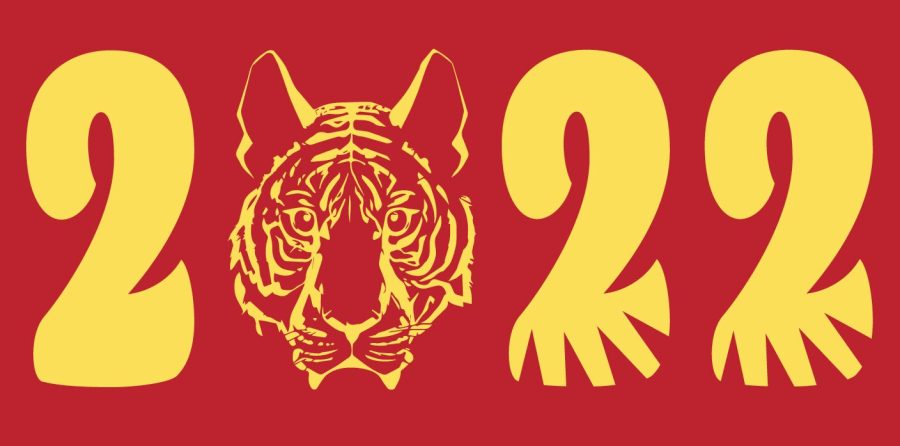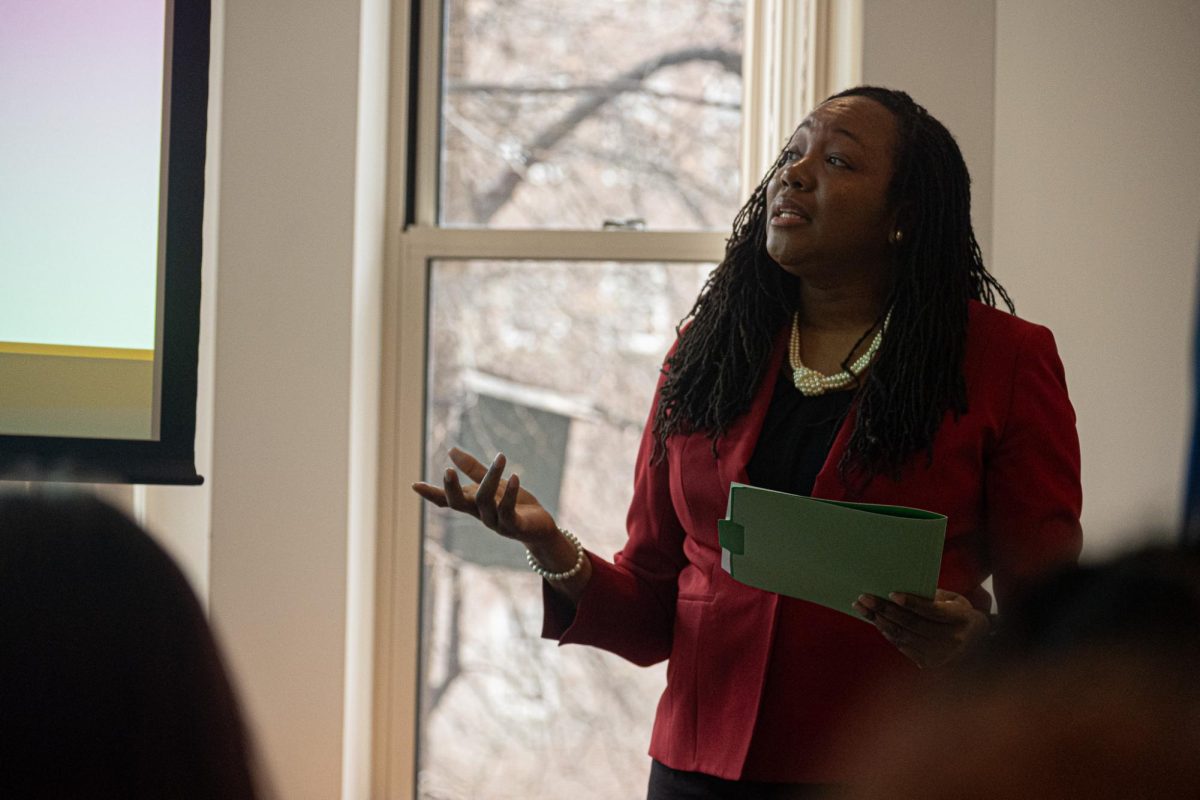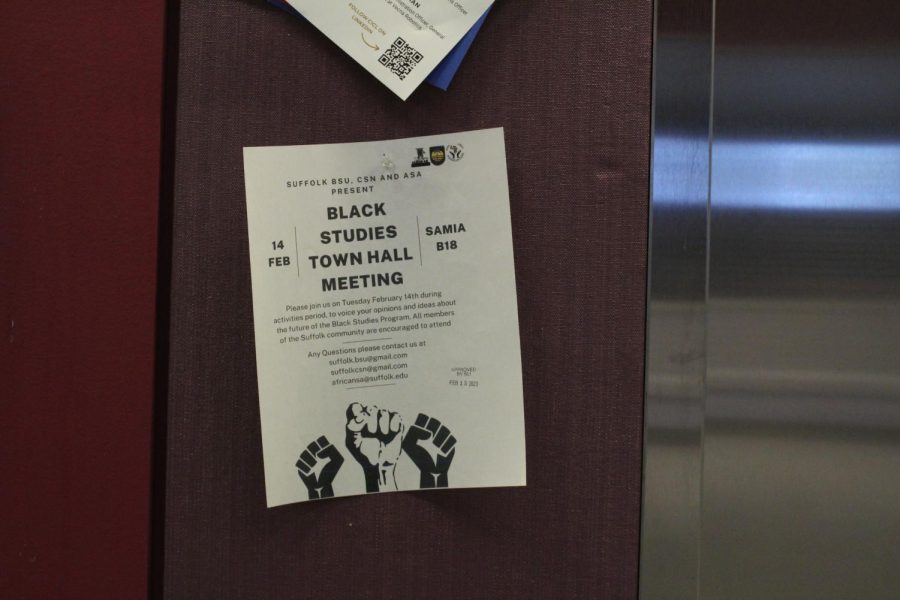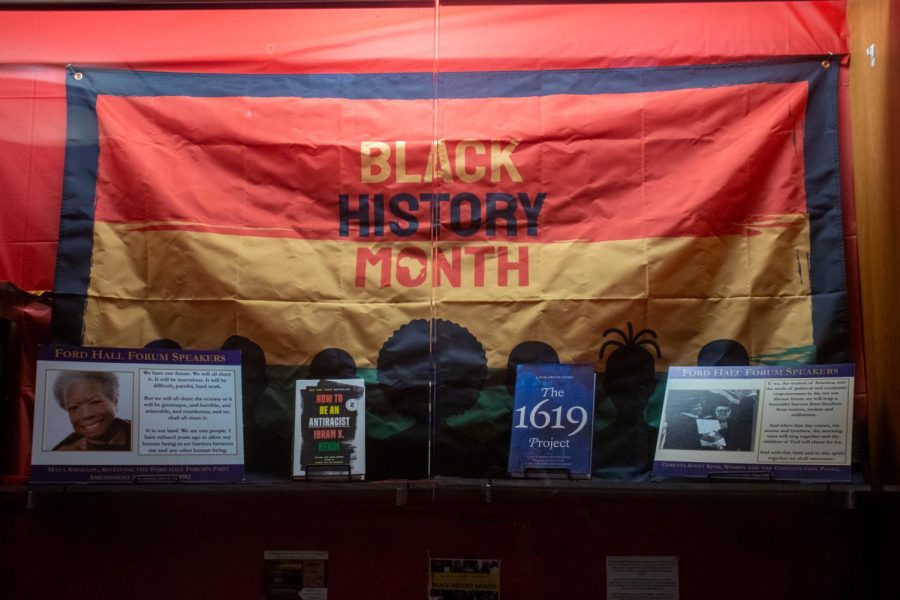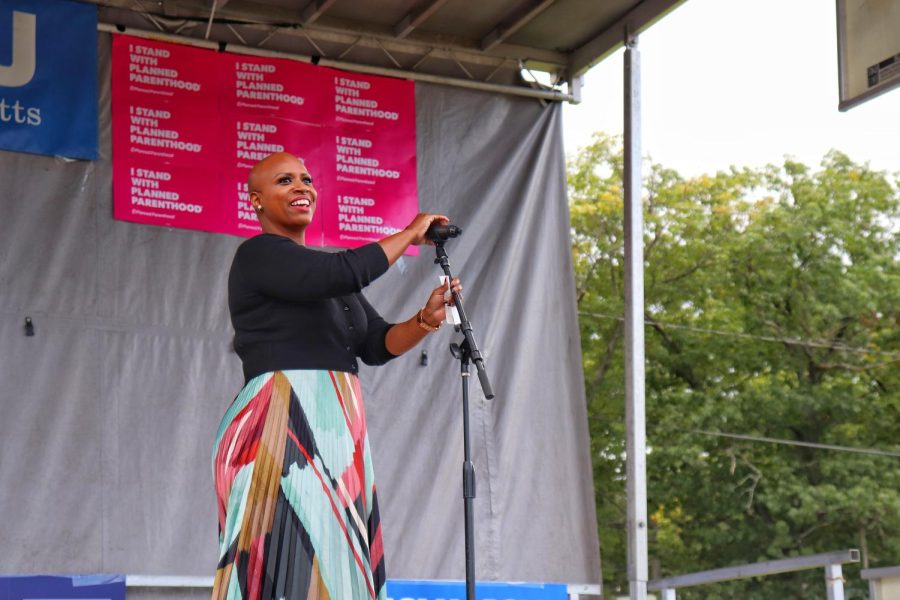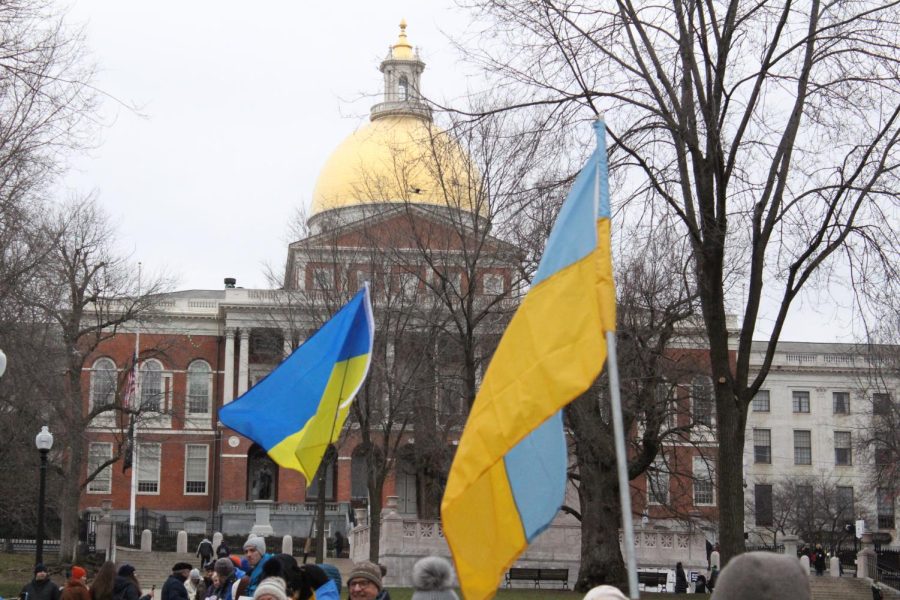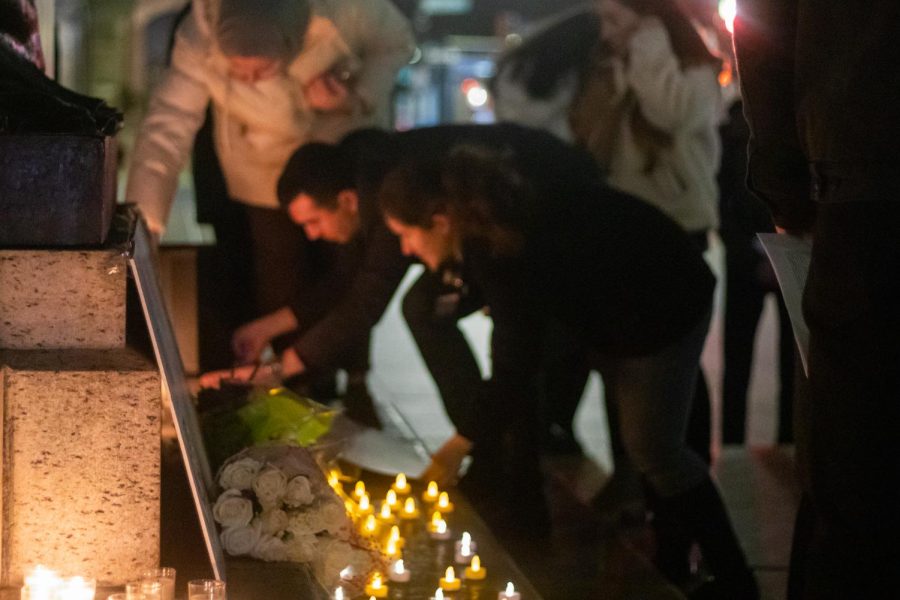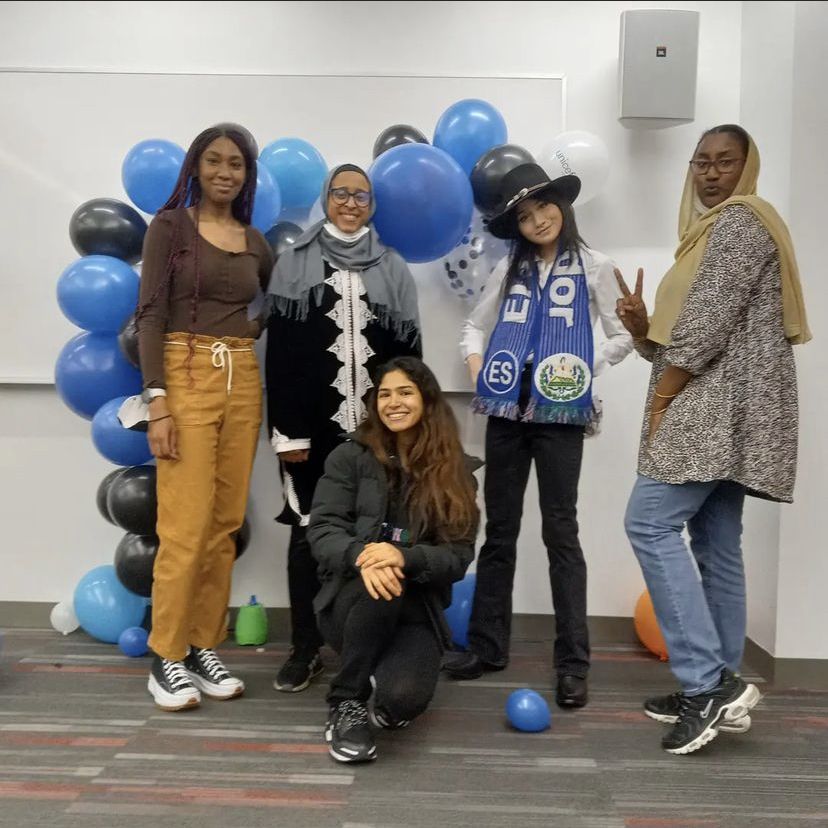As students begin their slog through the winter months, some members of Suffolk’s AAPI community are celebrating the start of a new year and the warmer weather that is (hopefully) soon to come.
The Lunar New Year, which takes place Feb. 1, celebrates the coming of spring. According to Columbia University’s East Asian Institute, Lunar New Year comes from the Lunar Calendar, which is closely tied to agricultural production and the phases of the moon.
The holiday is widely celebrated in countries around the world, especially in Asia. Celebrations differ from country to country. For example, Chinese New Year is the celebration of the Lunar New Year specifically in China, with Chinese traditions used to ring in the new year.
Rachel Ng and Dre Chan both serve on the executive for Suffolk’s Asian American Association, and both have family roots in China. They shared the celebrations and traditions they associate with the holiday.
“[During] Chinese New Year in mainland China, workers usually take a two-week break to spend exclusively with family to celebrate the New Year,” Ng said.
Every year, Ng’s family gets together to celebrate.
“Large family gatherings in Asian cultures is very normal,” she said. However, due to the pandemic, it has been difficult for Ng’s family to have such gatherings.
That’s what makes this year’s celebrations even more special. Ng said her grandmother from China will finally be able to join her family in their celebration.
“This year, we’re going to be bringing my grandmother over to celebrate with some traditional Asian dishes. This year we are able to bring her over with everyone fully vaccinated and tested,” Ng said.
“We haven’t been able to do this since 2019, so that’s very exciting,” she continued.
Like Ng, Dre also celebrates the holiday with a family gathering.
“Every year, me and my family celebrate the Lunar New Year. When we celebrate, we always have a family dinner together with relatives [from] across the country,” Dre said.
There are a lot of legends associated with Chinese New Year celebrations. Dre said one of the legends explains why the holiday is associated with the color red.
“There used to be a monster named Nian. He was this monster that used to scare people, and there’s this tradition that people would wear red to scare it away,” Dre said. “During the Chinese New Year, a lot of people wear red.”
There are various traditions that set the Chinese New Year apart from other Lunar New Year celebrations.
“We would leave food out, and we’d actually leave it out there as a form of good luck for our ancestors. So, we would just buy pastries and oranges and stuff, and we’ll just leave it out there. It’s to honor your ancestors,” Dre said.
The Chinese New Year is also closely associated with the Chinese Zodiac. Every year is associated with one of 12 zodiac signs. Ng explained what sign this year will be associated with.
“Lunar New Year marks the change of Zodiac signs, and this year is going to be the year of the tiger,” Ng said. “[The tiger] is usually associated with strength and confidence.”
AAA is also making its own plans to celebrate the holiday within the Suffolk community.
“We do have an event planned to celebrate Lunar New Year, but it will be later on. That’s something to look forward to,” Ng said.
The Vietnamese Student Association is holding an event on Feb. 3 from 12:30 – 1:30 p.m., celebrating Tết and Lunar New Year in Samia 318.
Tết is the Vietnamese celebration of Lunar New Year in the same way that Chinese New Year distinguishes itself. The event will allow students to create their own li xi, an envelope containing money inside that is given to loved ones or children as a symbol of good luck.
Want to share your own Lunar New Year traditions? Tweet us @suffolkjournal.


